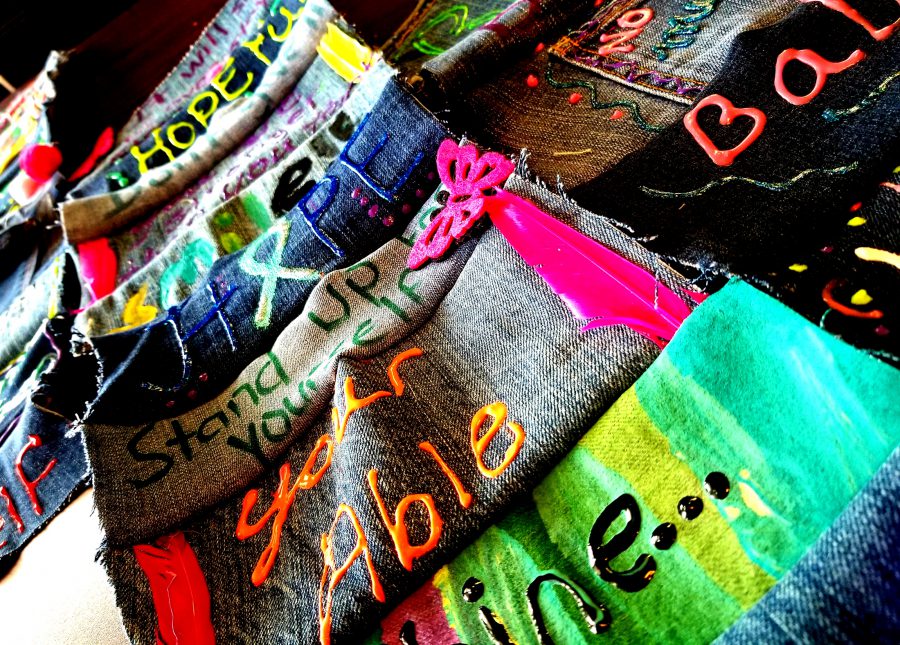By Kayla Woody, CPN House of Hope Prevention Specialist
The epidemic of violence against our Native women has become a life-threatening trend that affects current and future generations. In the United States, violence against Native women has reached astonishing levels with more than half of this population reporting they experience sexual violence in their lifetime. Of those sexual assaults, the National Congress of American Indian’s Policy Research Center’s February 2018 report estimates 96 percent are committed by non-Native men. These statics are overwhelming, but if taken into consideration that less than 40 percent of sexual assaults are reported, the issue at hand becomes a crisis that we cannot afford to overlook.

There are steps that everyone should take to eliminate this epidemic. The most vital is to gain a better understanding of the definitions of sexual harassment and assault. When the signs are clear, it is easier to step in and make changes. The only person responsible for sexual violence is the perpetrator. We all have the ability to look out for one another’s safety.
The next step in eliminating sexual violence is bystander intervention, which is where a person who is not directly involved in the violence steps in to change the outcome. Intervening in the situation could give the victim a chance to get to a safe place or even diffuse the situation altogether. This could include creating a distraction, referring to someone in authority or even enlisting others to help. It is not always easy to step in. Some think, “It’s not my business,” or “I don’t want to cause a scene.” It is natural to think this way, but on the other hand, the bystander must realize that their actions have a huge impact on whether a sexual assault takes place.
Third, we must realize that sexual violence can be committed by and happen to anyone. Assaults are commonly committed by people that the survivor knows and trusts. Most of the time, perpetrators are those in authority or have successful careers and community ties. These offenders must be held accountable for their actions. The community cannot just look the other way.
It is just as important to know how to respond to our sisters when sexual violence terrorizes their world. The way you respond to someone who has been assaulted is crucial in their healing process. For a survivor, disclosing this information can be extremely difficult, and the most supportive thing anyone can do is just believe them. The story of an assault survivor is often questioned, and many place the blame on the victim saying, “She asked for it.” With responses like this, survivors choose to not disclose the attack, which then leaves the perpetrator facing no responsibility for the assault. Support is necessary for survivors of sexual violence. This can include avoiding judgment, checking in with them periodically, and knowing resources and service providers that can help.
This month at the House of Hope, we are focusing on sexual assault awareness and informing the public about these steps and other ways to help end sexual violence, for not only Native women but also those around the world. The House of Hope is set up to assist any survivor of sexual violence with resources like a 24/7 crisis line, safety planning, court advocacy and referrals. We work with organizations like Native Alliance Against Violence that provide many tools and resources for women who have become victim to sexual harassment, abuse and rape as well as other forms of sexual violence.
If you or someone you know is experiencing stalking, intimate partner violence, and/or sexual assault and would like more information, please contact House of Hope at 405-275-3176, or visit us online at facebook.com/cpnhouseofhope.
